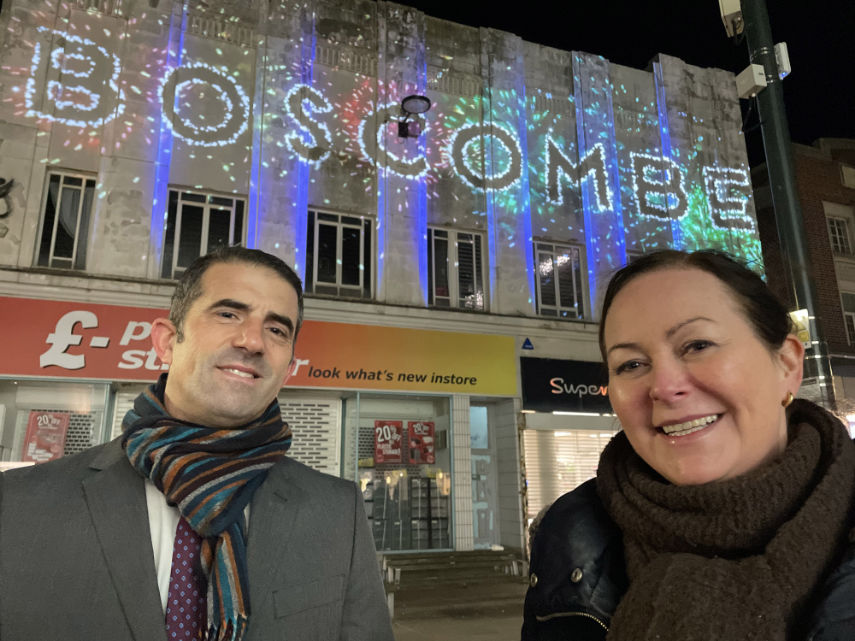The eruption – which has been accompanied by frequent earthquakes – is the first in La Palma since 1971
Madrid, Spain:
The eruption of a volcano on the Spanish island of La Palma that destroyed hundreds of homes and large swathes of farmland has ended, officials said more than three months after it began on Saturday.
The announcement follows 10 days of low-level activity from the Cumbre Vieja volcano on the small island, which is part of the Canary Islands that lie off the northwest coast of Africa.
No injuries or deaths have been directly linked to the eruption, which began on September 19, spewing rivers of molten rock and sending an ash plume containing toxic gases into the air.
But it destroyed 1,345 homes, mostly on the west side of La Palma, as well as schools, churches, health centers and agricultural irrigation infrastructure.
Dramatic footage from the first days of the eruption has been shown repeatedly on Spanish television, showing a dense cloud of smoke engulfing a church spire before it collapsed.
The slow lava covered 1,250 hectares (about 3,100 acres) of land as it moved towards the Atlantic, largely banana plantations, La Palma’s main livelihood along with tourism.
The eruption, which has been accompanied by frequent earthquakes, is the first in La Palma since 1971 and the longest on record on the island with around 83,000 people.
About 7,000 people were evacuated from their homes, and many had only a few minutes to pack their belongings.
Damage from the eruption could exceed 900 million euros ($ 1.0 billion), according to regional officials.
“Repair, rebuild, revive”
Spain’s Prime Minister Pedro Sanchez, who visited La Palma several times during the eruption, has pledged to help La Palma rebuild after the disaster.
“When the lava stops flowing, all public institutions will continue to work to repair, rebuild and revive La Palma towards a better future,” he said during a visit to the island last month.
His government has so far pledged 225 million euros in financial aid for stimulus efforts, including purchasing temporary housing and providing financial assistance to people who have lost their jobs.
Experts have warned that it will take several years to clean up the land destroyed by lava and remove huge amounts of ash from buildings and roads.
Soldiers from an emergency unit removed ash from rooftops throughout the eruption to prevent buildings from collapsing.
The volcano will continue to release toxic gases for a long time, which could pose a threat to the population. The lava will also take a long time to cool to a safe level.
Many locals have complained about the slowness of upcoming state aid, with some already thinking of moving away from the island known as “La Island bonita” – “The Beautiful Island” – for its lush landscape.
“I may have to go and look for something else on another island, because public institutions are not up to this disaster,” Victor Manuel, a 50-year-old banana farmer, told AFP recently.
“And I have to save myself and my family,” he added.
Lava from the volcano created two new peninsulas when it poured into the ocean, one of 44 hectares and the other of about five hectares.
La Palma is approximately 35 kilometers (22 miles) long and 20 kilometers (12 miles) wide at its widest point.
(Except for the title, this story was not edited by NDTV staff and is posted from a syndicated feed.)
 Welcome To Poole
Welcome To Poole
_w=1200_h=630.png?v=20220321141806)


